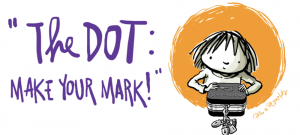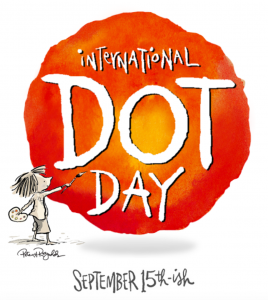
1. Heritage Day 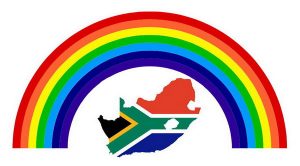
Previously known in South Africa as Shaka Day, a day commemorating the Zulu King of Shaka who united clans to for the Zulu nation. Since 1955. South Africans have celebrated the renamed Heritage Day by remembering the cultural heritage of the many different cultures that make up their nation. Often called the ‘‘Rainbow Nation,’’ South Africa’s cultural roots are rich, vibrant, and incredibly diverse cultures. Want to celebrate and better understand this beautiful smorgasboard of cultures? Read up on South Africa’s history; research it’s cultural past, explore the intense political history, the racial injustices, the complex languages, and their culture in general.
2. National Comic Book Day
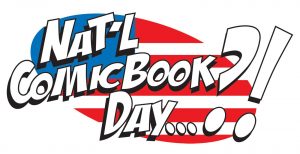 National Comic Book Day honors the art, artists, and the stories of comic books. Fans, collectors, readers, writers, and artists come together to celebrate this generational, cultural crossing genre. Comic books has grown as a genre to include full-length books, graphic novels, comic strips, manga, comic collections, and digital comics. Additionally, comic books have inspired countless movie adaptations – the Marvel Cinematic Universe would not exist if comics didn’t. Celebrate by discovering new comic books, reading old favorites, sharing your passion with those in your life, watching television shows/movies based on comics, or look for online celebrations you can join.
National Comic Book Day honors the art, artists, and the stories of comic books. Fans, collectors, readers, writers, and artists come together to celebrate this generational, cultural crossing genre. Comic books has grown as a genre to include full-length books, graphic novels, comic strips, manga, comic collections, and digital comics. Additionally, comic books have inspired countless movie adaptations – the Marvel Cinematic Universe would not exist if comics didn’t. Celebrate by discovering new comic books, reading old favorites, sharing your passion with those in your life, watching television shows/movies based on comics, or look for online celebrations you can join.
3. National Cooking Day
A day meant to encourage and inspire people to discover something new and enjoyable in the kitchen. Learn a new skill by preparing something new and delicious for yourself or loved ones. National Cooking Day is a day for passing on recipes, making fulfilling meals, experimenting with new recipes, baking with loved ones, throwing social-distancing-safe potlucks, hosting meals, or maybe just whipping up your favorite comfort foods to enjoy in your pjs on the couch. Connect with friends and family or practice some filling self-care this holiday!
4. National Daughters Day

A special day created to celebrate and cherish daughters. While there is a National Sons & Daughters Day, this event is a response to the growing awareness of the inherent struggles womens go through in society. From the very beginning, society viewed women as inferior to men, limiting their potential due to male privilege dominated at the time. This is an opprotunity to learn and discuss gender discrimination and inequity. Help your daughter grow into a well-rounded, emotionally fulfilled woman by celebrating them today. Explore this parental blog about teaching kids about gender equality and this education blog to learn more!
5. Sport Purple for Platelets Day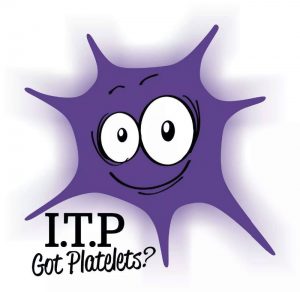
Supports those suffering from Idiopathic Thrombocytopenic Purpura (ITP), a disease that causes excessive bleeding, bruising and fatigue due to low levels of platelets (those are the cells that enable blood to clot). Unfortunately, ITP is widely unheard of and not much is known about the hows and whys of the disease. It was one of the first autoimmune disorders discovered, proving that a human body’s tissue could be attacked by its own antibodies. Despite this groundbreaking contribution, research into ITP never gained significant financial traction. The Platelet Disorder Support Association (PDSA) sponsors Sport Purple for Platelets Day in order to raise awareness and funds for those suffering and for research. So sport purple today to show your support for this life-shortening disease!
 Book Lovers Day has been observed annually on the first Saturday of November which falls on November 7th this year! Additionally, the holiday is celebrated annually on August 9th. Books are so good, they get double the love!
Book Lovers Day has been observed annually on the first Saturday of November which falls on November 7th this year! Additionally, the holiday is celebrated annually on August 9th. Books are so good, they get double the love!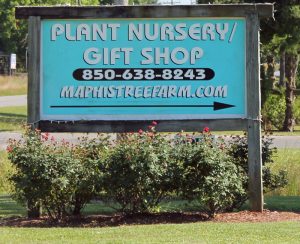
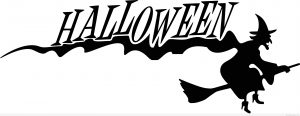 Happy Halloween everyone! How much do you know about the history of the now 2nd-highest grossing holiday in the U.S.A.?
Happy Halloween everyone! How much do you know about the history of the now 2nd-highest grossing holiday in the U.S.A.?
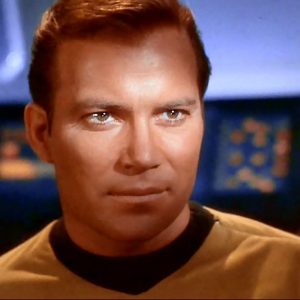
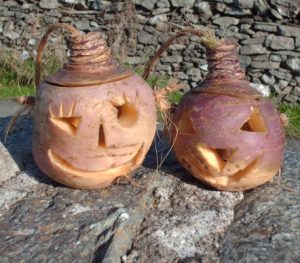
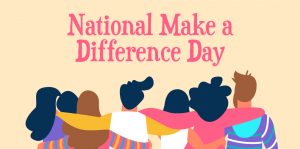 An unofficial secular holiday that’s held annually on the fourth Saturday of October, National Make A Difference Day was founded in 1992 – just shy of three decades worth of service, kindness, and human goodness! It is a day inspired by the now-defunct USA Weekend, although at the time it was the second-largest national newspaper. 1992 was a leap year, so USA Weekend suggested to its readers that they should take the extra day to make a difference by doing something good for their communities or for those in need. Alongside Points of Light, USA Weekend helped sponsor the largest national day of community service for more than twenty years! Now, the ‘national holiday’ is celebrated by those communities, organizations, and individuals who remember the positive changes it fostered while it was actively sponsored and promoted.
An unofficial secular holiday that’s held annually on the fourth Saturday of October, National Make A Difference Day was founded in 1992 – just shy of three decades worth of service, kindness, and human goodness! It is a day inspired by the now-defunct USA Weekend, although at the time it was the second-largest national newspaper. 1992 was a leap year, so USA Weekend suggested to its readers that they should take the extra day to make a difference by doing something good for their communities or for those in need. Alongside Points of Light, USA Weekend helped sponsor the largest national day of community service for more than twenty years! Now, the ‘national holiday’ is celebrated by those communities, organizations, and individuals who remember the positive changes it fostered while it was actively sponsored and promoted. 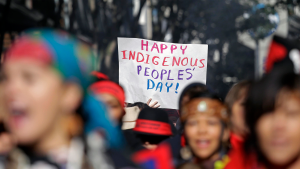








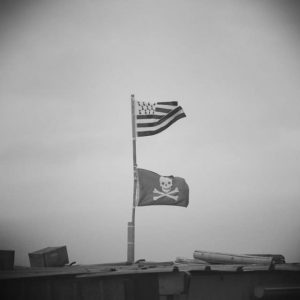
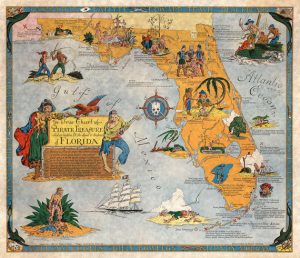
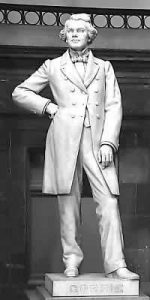
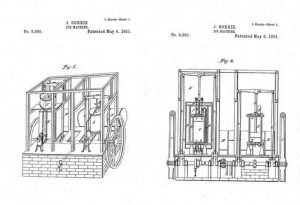
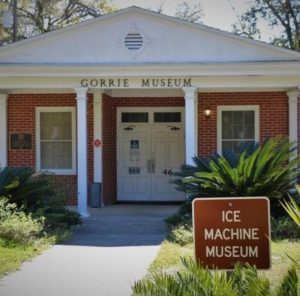
 How do you feel about polka dots? Polka dots, as a pattern, gained traction in Europe in the mid-1900s after the Czech dance and Bohemian folk music genre were introduced in Paris and spread rapidly across
How do you feel about polka dots? Polka dots, as a pattern, gained traction in Europe in the mid-1900s after the Czech dance and Bohemian folk music genre were introduced in Paris and spread rapidly across 